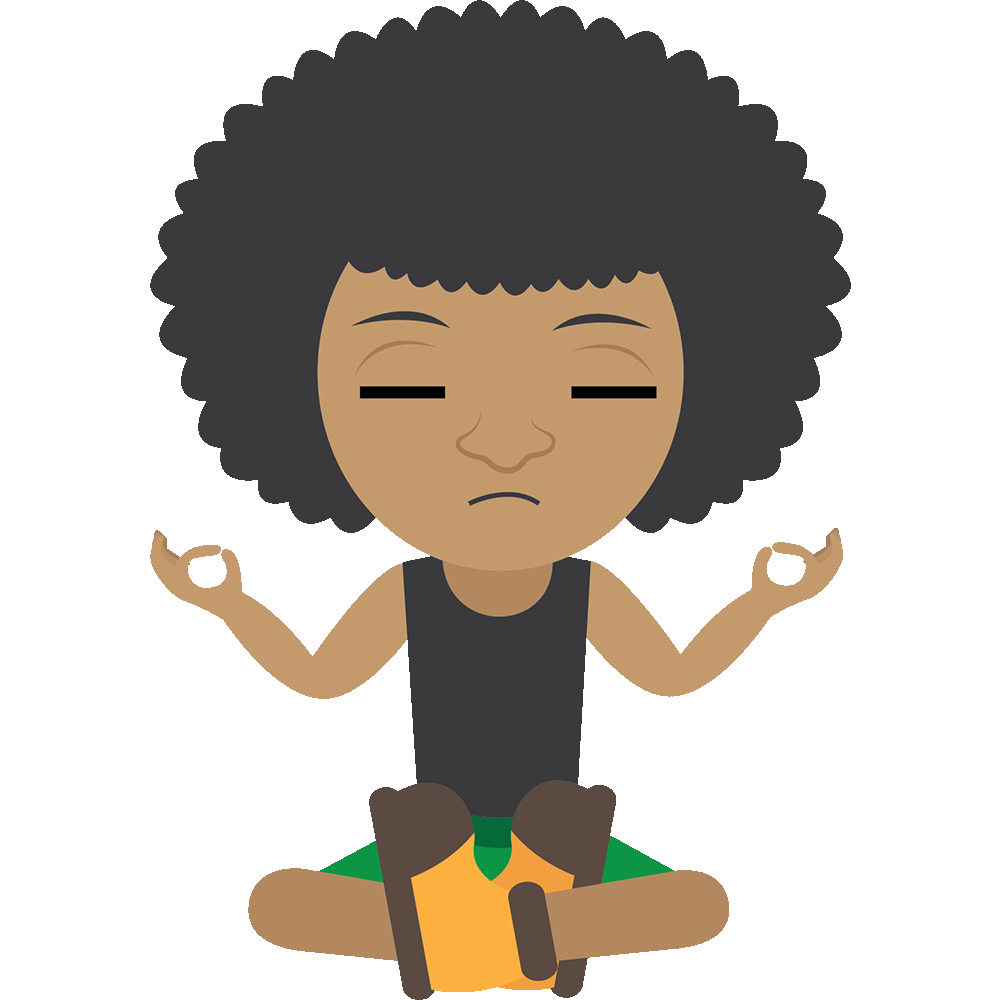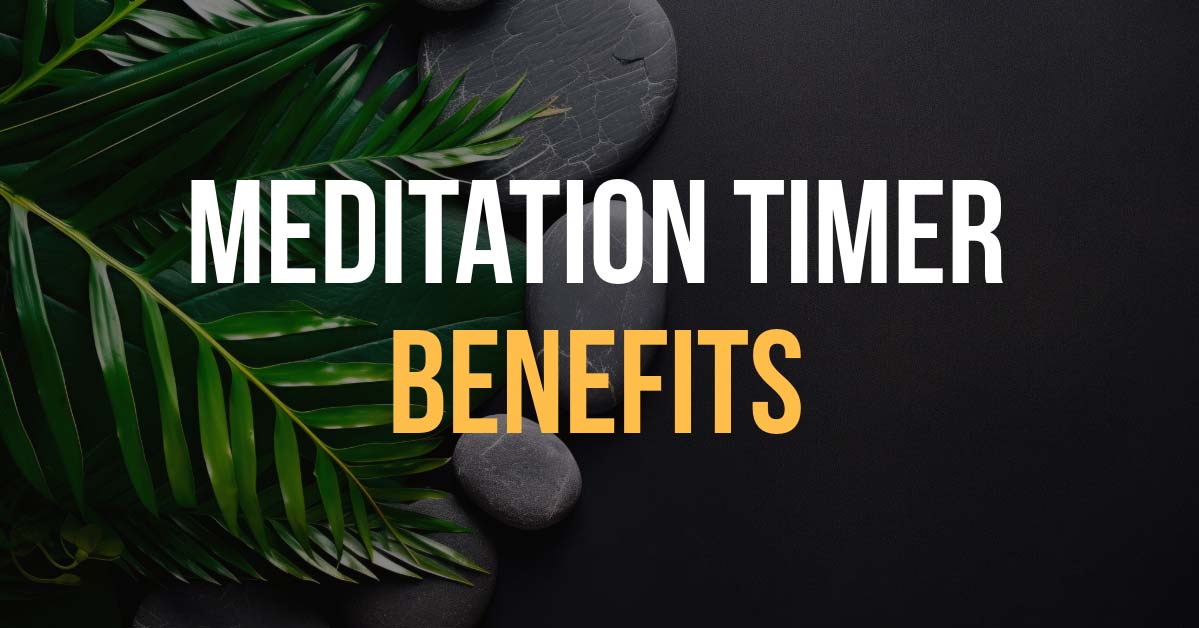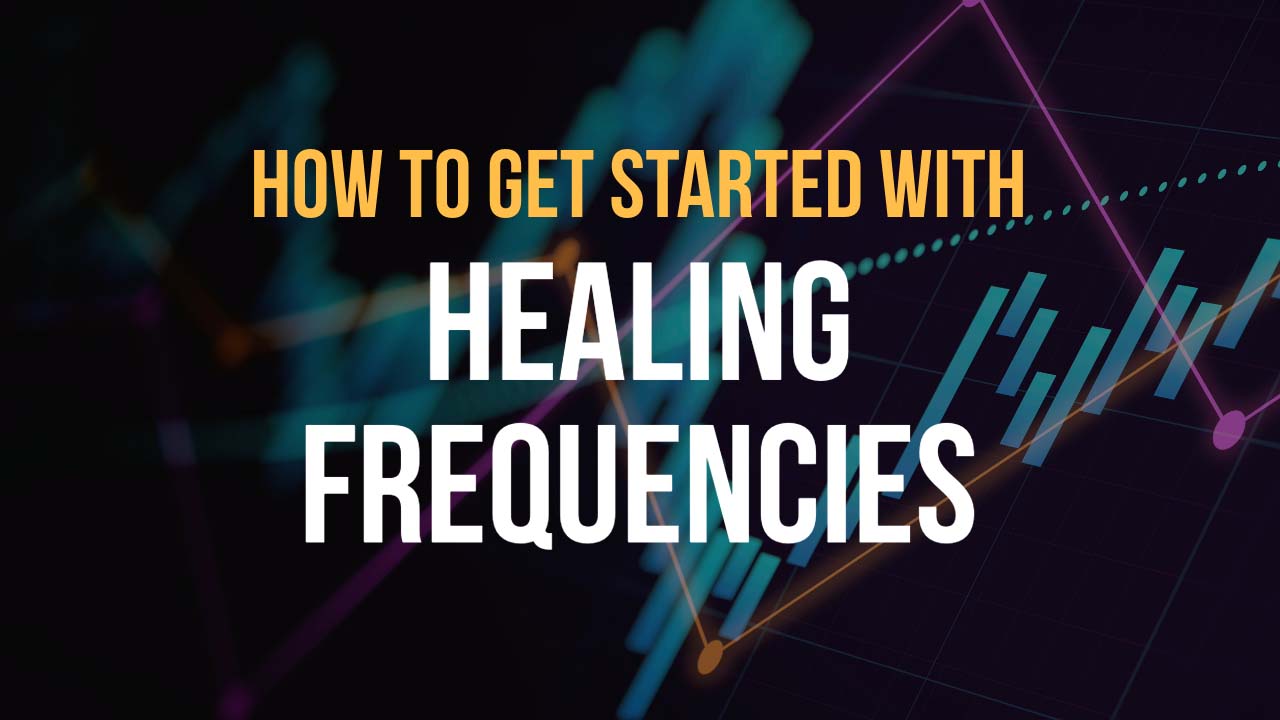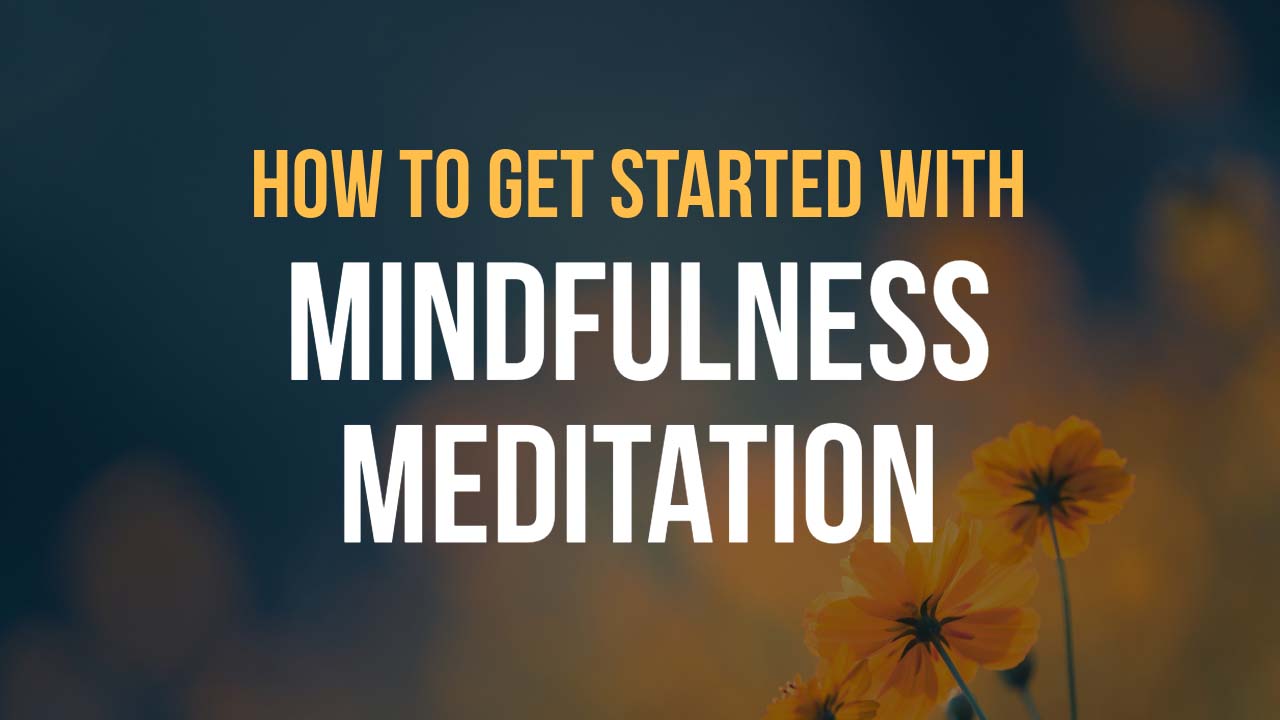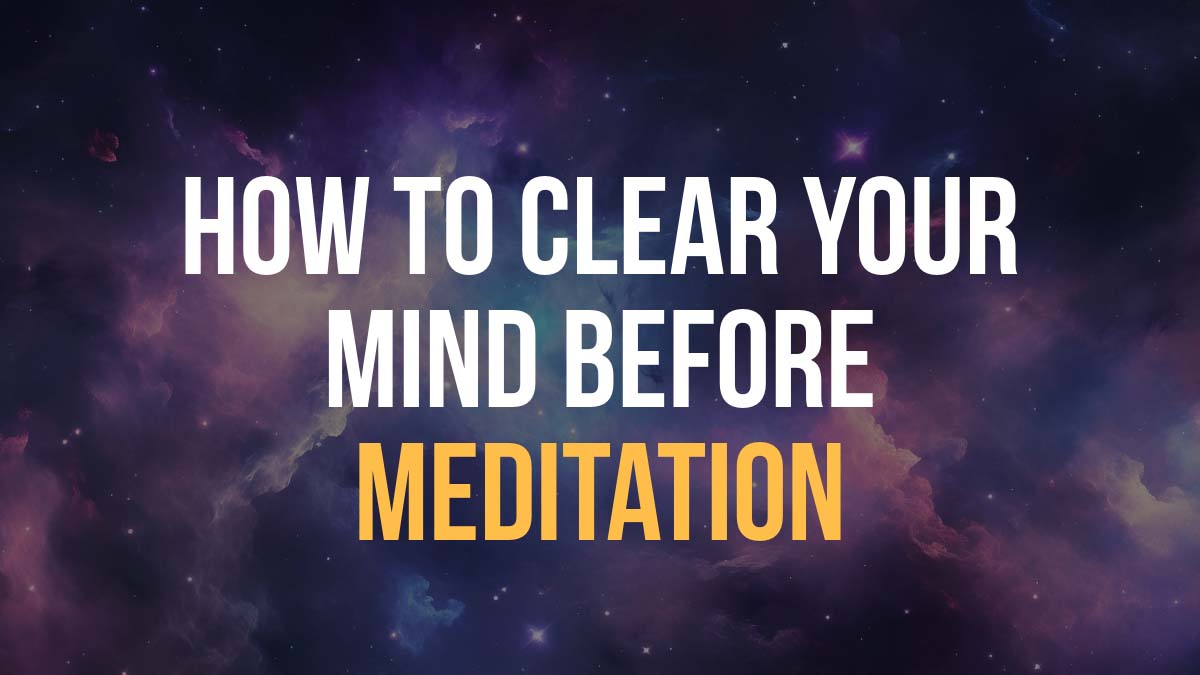Can Progressive Muscle Relaxation Help Fall Asleep Faster?
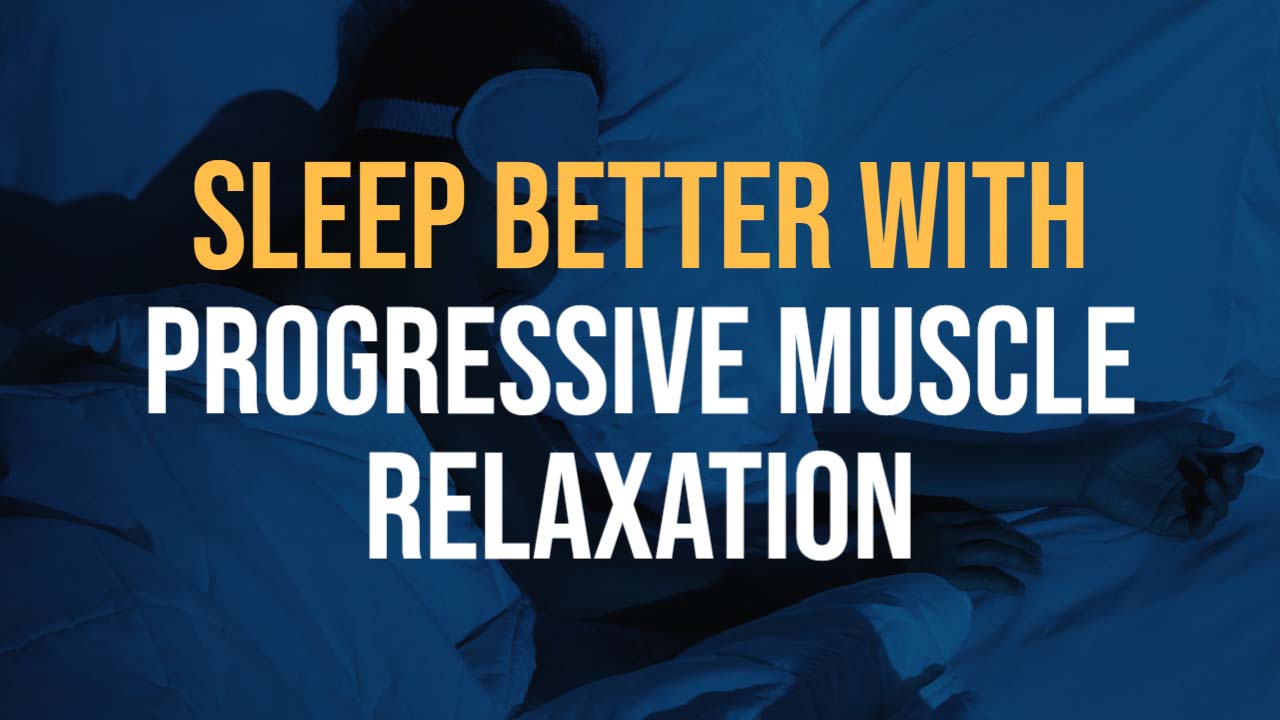
Are you tired of lying awake for hours at night and counting sheep?
If so, you may want to try progressive muscle relaxation (PMR) – a simple, yet effective technique that can help you fall asleep faster and enjoy restful sleep.
In this post, we’ll discuss the benefits of PMR, how to do it properly, and share some helpful tips for making it a part of your bedtime routine.
Keep reading!
What is a progressive muscle relaxation technique and how it works?
Progressive muscle relaxation (PMR), also known as progressive body relaxation, is a technique that involves tensing and then relaxing different muscle groups in your body in certain sequence.
The goal of PRM is to release tension in the muscles, which can help to promote a state of physical and mental relaxation, making it easier to fall asleep and enjoy better sleep.
The technique typically begins with the toes and works its way up the body, tensing and relaxing each muscle group for a period of time before moving on to the next one.
For example, you might start by tensing the muscles in your toes for a count of 5-10 seconds, then relaxing them and focusing on the sensation of release for a few seconds before moving on to the next muscle group, such as the feet, calves, thighs, etc.
By tensing and relaxing the muscles in this way, you help to release any tension or stiffness that may be present, which can help to promote a feeling of calmness and drowsiness.
As the added bonus, focusing on the physical sensations will help to distract you from any racing thoughts or worries that are keeping you awake.
How to achieve best results with progressive muscle relaxation?
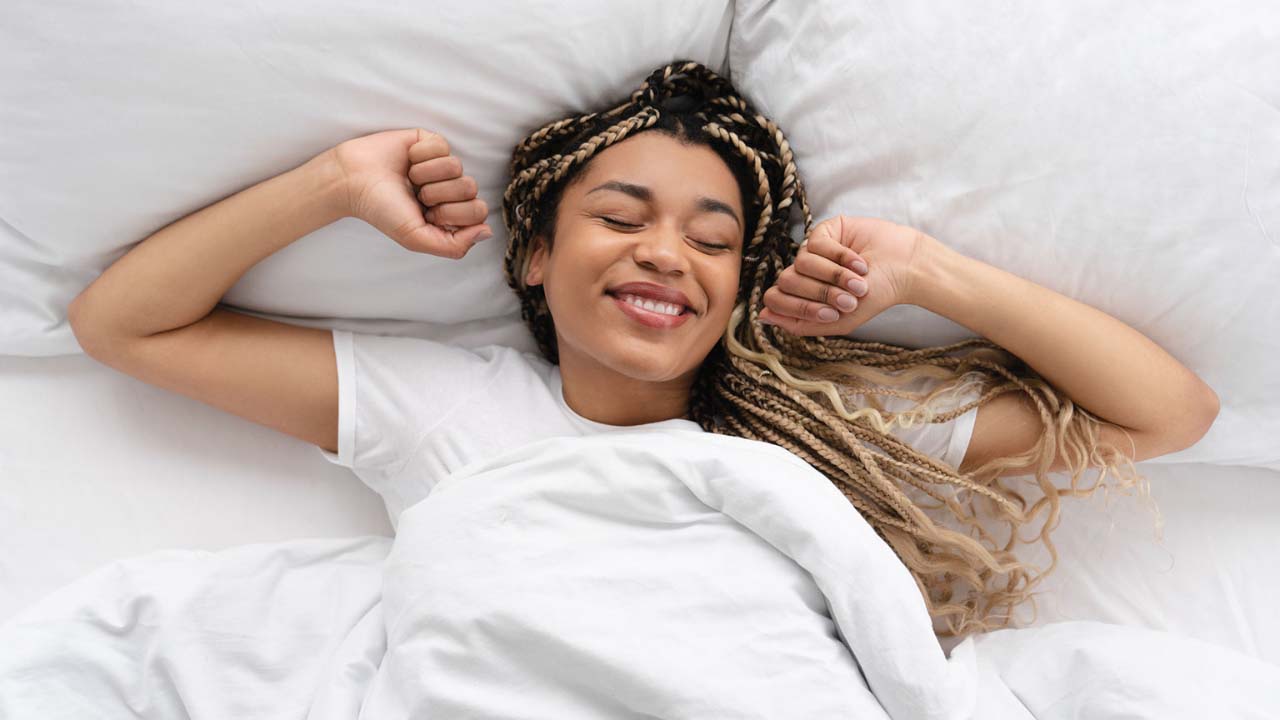
Here are some easy tips to help you master the PMR technique and achieve best results:
Learn the technique first
Before you begin, make sure you understand the PMR technique, so that you can get the most benefit from using it.
You can do this by reading about it, watching videos, or taking a class.
One of the easy solution is to read scripted relaxation meditations that rely on the PMR.
Make PMR a part of your bedtime routine
For the best results, make PMR a part of your bedtime routine, so you can practice it consistently.
Start with your toes and work your way up
If you prefer to practice PMR on your own (as opposed to following an audio or written script), begin by tensing and relaxing the muscles in your toes and then work your way up your body.
This will help you become familiar with the process and make it easier to relax your entire body.
Be patient
It can take time to see the benefits of PMR, so be patient. It’s a learned skill that requires practice.
Focus on your breath
Once you have gone through the entire body, focus on your breath, taking slow and deep breaths in and out.
This will help to further promote relaxation and calmness.
Use a guided audio
Using a guided audio meditation that includes PMR exercise can be very helpful for beginners.
The experienced coach will guide you through the process and will help you to perform the exercise correctly.
Here’s an example of a guided progressive muscle relaxation meditation:
It’s important to note that PMR should be done with guidance, as tensing your muscles too much or too long can lead to muscle soreness and pain.
IMPORTANT: if you have any physical limitations or medical conditions, consult with your doctor before trying this technique.
Learn More
Get email updates about our new blog posts and guides

Does progressive muscle relaxation really help to fall asleep?
It’s OK to be skeptical.
Especially if you haven’t tried the technique yet.
Remember that PMR focuses on releasing the physical tension from the muscles, as well as mental tension from the brain.
By releasing tension, PMR allows our bodies to relax and start feeling calm and drowsy.
There is scientific and statistically significant evidence that supports the effectiveness of PMR in improving sleep.
Studies have shown that PMR can reduce insomnia symptoms, improve sleep quality and increase the duration of sleep.
For example, a study published in the National Library of Medicine, demonstrated that PMR exercises improved patients sleep quality.
Additionally, PMR has been found to be effective in decreasing the level of cortisol (a stress hormone) which has been associated with insomnia and poor sleep quality.
PMR has been found to be an effective alternative treatment for people with insomnia and other sleep disorders.
Frequently asked questions about progressive muscle relaxation
Here are some of the most frequently asked questions about progressive muscle relaxation that we often hear from our clients:
How long does it take to see the benefits of progressive muscle relaxation?
It can take some time to see the benefits of PMR, as it’s a learned skill that requires practice.
Some people may notice a difference after just a few sessions, while others may take longer to see the full effects.
Can progressive muscle relaxation be used for chronic pain?
PMR can be used as a coping mechanism for chronic pain, by reducing muscle tension that can contribute to pain symptoms.
However, it’s important to consult with your doctor or a physical therapist before using PMR for chronic pain, as it’s not a substitute for medical treatment.
Is progressive muscle relaxation only for people who have trouble sleeping?
While PMR can be effective in helping people fall asleep faster and enjoy more restful sleep, it’s not just for people who have trouble sleeping.
PMR can also be used as a coping mechanism for stress, anxiety, and other conditions that can affect mental and emotional well-being.
Can progressive muscle relaxation be done in any position?
PMR can be done while sitting or lying down, and it’s typically recommended to do it in a comfortable position.
It’s important to be in a place where you won’t be disturbed during the practice.
If you’re doing PMR to fight insomnia, it’s best to make it part of your bedtime routine.
Is it safe for everyone to do progressive muscle relaxation exercises?
PMR is generally considered safe for most people.
If you have any medical conditions or physical limitations we strongly advise you consult with your doctor before trying the technique.
Regardless of your physical state, it’s important to be careful not to tense your muscles too much or too long during the technique.
Examples of progressive muscle relaxation scripts
Here is an example of general progressive muscle relaxation script:
Deep Progressive Muscle Relaxation (Script)
and here is a body relaxation script specifically for sleep:
Body Relaxation For Sleep (Meditation Script)
Share your own experience with the PMR
PMR is a simple, non-pharmacological technique that can be used to promote relaxation, reduce muscle tension, and improve sleep quality.
Note that PMR should be done with guidance, as tensing your muscles too much or too long can lead to muscle soreness and pain.
Do you have experience using progressive muscle relaxation for sleep? We’d love to hear about your thoughts! Post a comment

